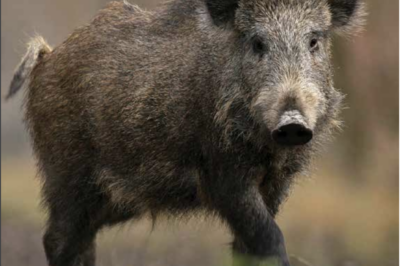Search results for: “controlling cottontail and jackrabbit damage”
- PublicationThis free e-book explains the step-by-step process to assess, mitigate, and recover from water damage after a natural disaster....
- PublicationWhile often seen as a nuisance to residents and landowners, vultures can provide many benefits to the environment. Therefore, property owners and managers should aim to coexist with this protected...
- Program...between wildlife and human interests requires wildlife damage management expertise. Wildlife damage management is an integral component of professional wildlife management. The complex wildlife damage management environment includes a combination...

- PublicationTo develop management strategies for feral hogs, a landowner or manager must understand their behaviors and recognize their signs. This publication discusses rooting damage, crop damage, wallows, rubs, tracks, trails,...
- Publication...Siberian and European elms. However, feeding damage is much less evident in varieties such as cedar elm, lacebark elm, American elm, and winged elm. Damage to these varieties may be...
- Publication...in sound wood and can damage structures. This publication describes carpenter bees, their biology and behavior, and the damage they cause. Advice on prevention and control is included. (4 Pages)...
- PublicationHunting billbugs are an occasional turfgrass pest in Texas, though their presence and impact appear to be increasing. The grasses they damage most often include bermudagrass and zoysiagrass turf, but...
- PublicationPlant-parasitic nematodes are microscopic roundworms that feed on plant roots. In turf grasses, they cause damage similar to that of water stress, nutrient deficiency, or root diseases. Golf course managers...
- PublicationSouthern chinch bugs are common pests of St. Augustinegrass in the southern United States and often cause significant damage (Fig. 2) to turf during the summer months. While St. Augustinegrass...
